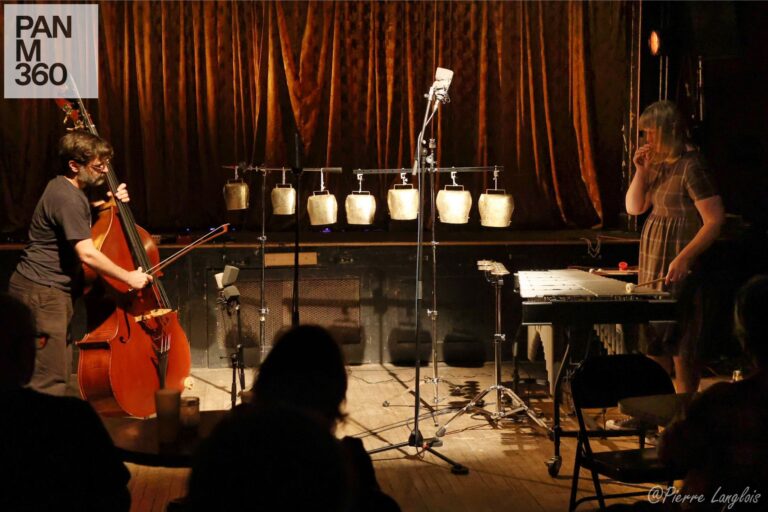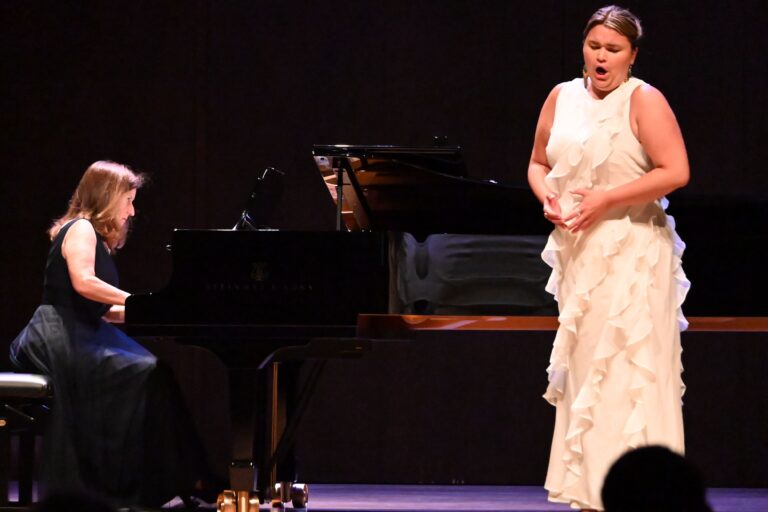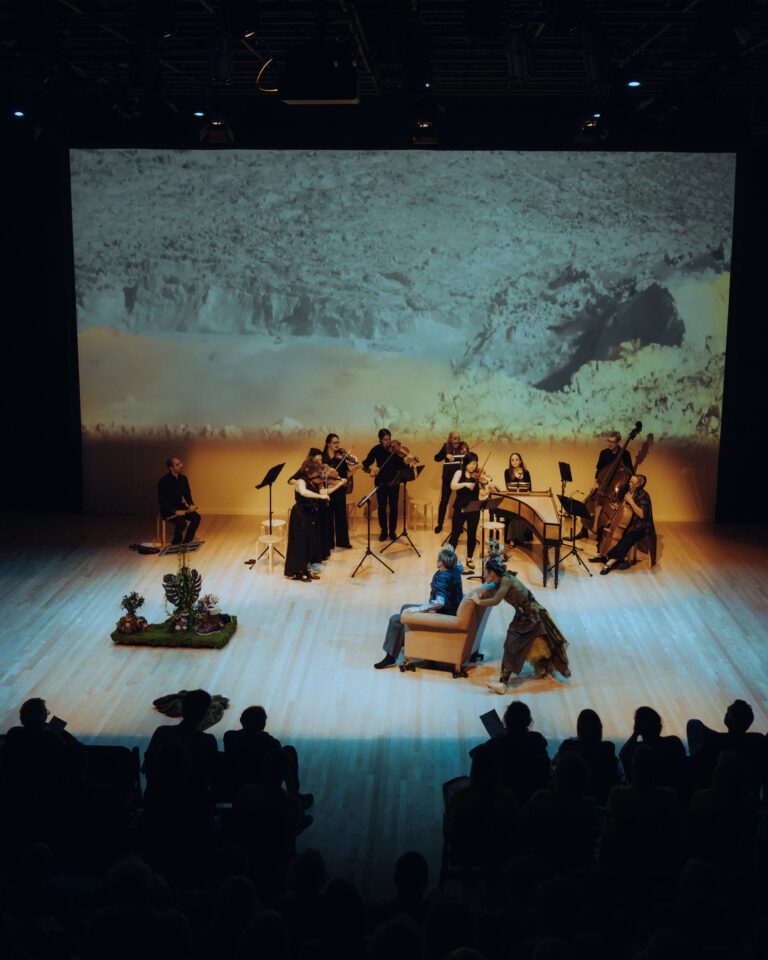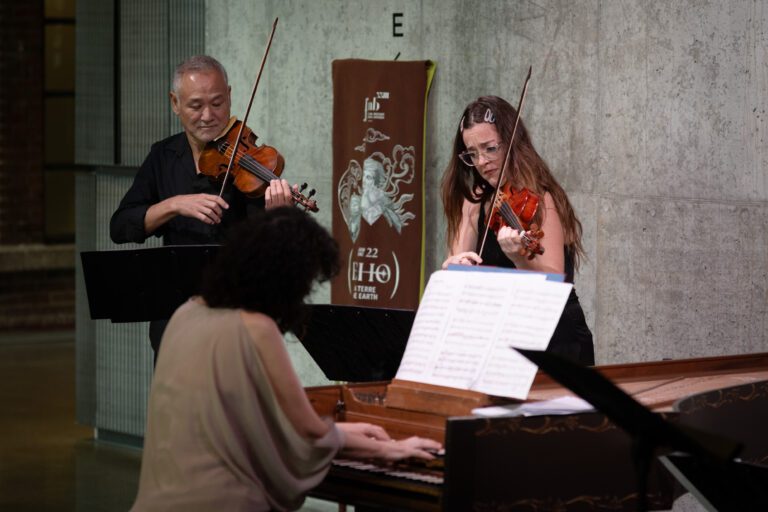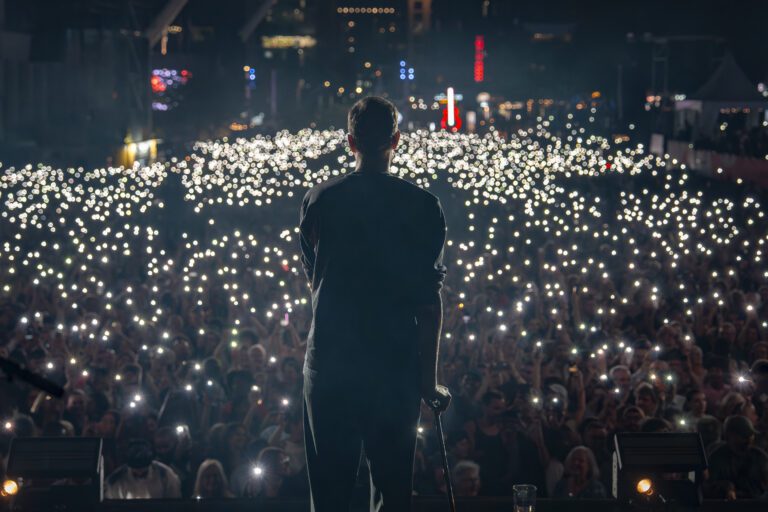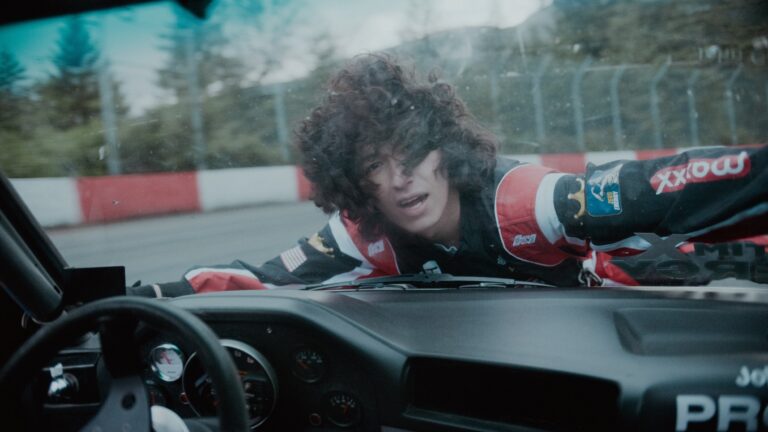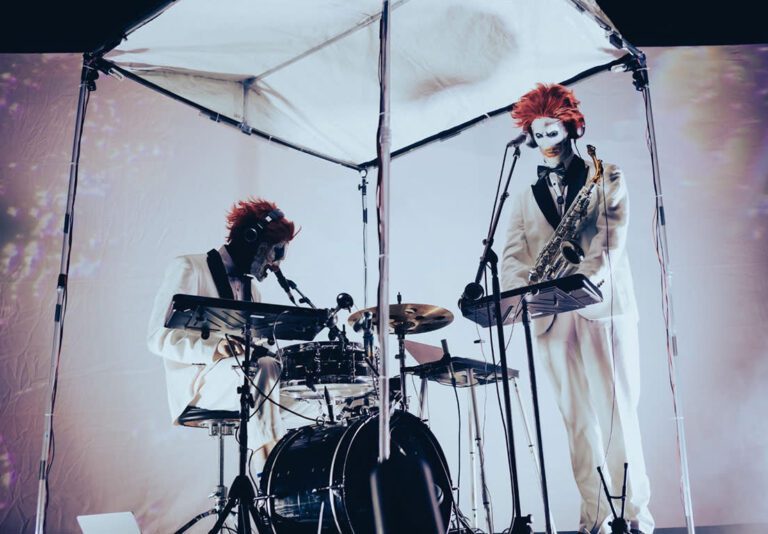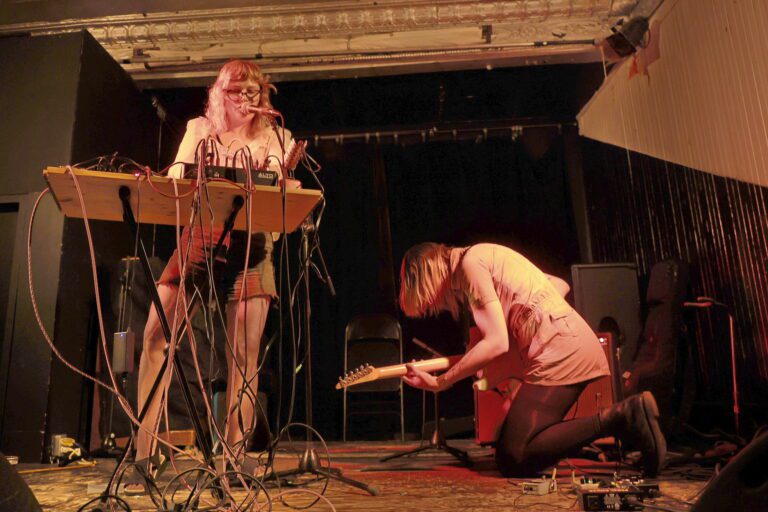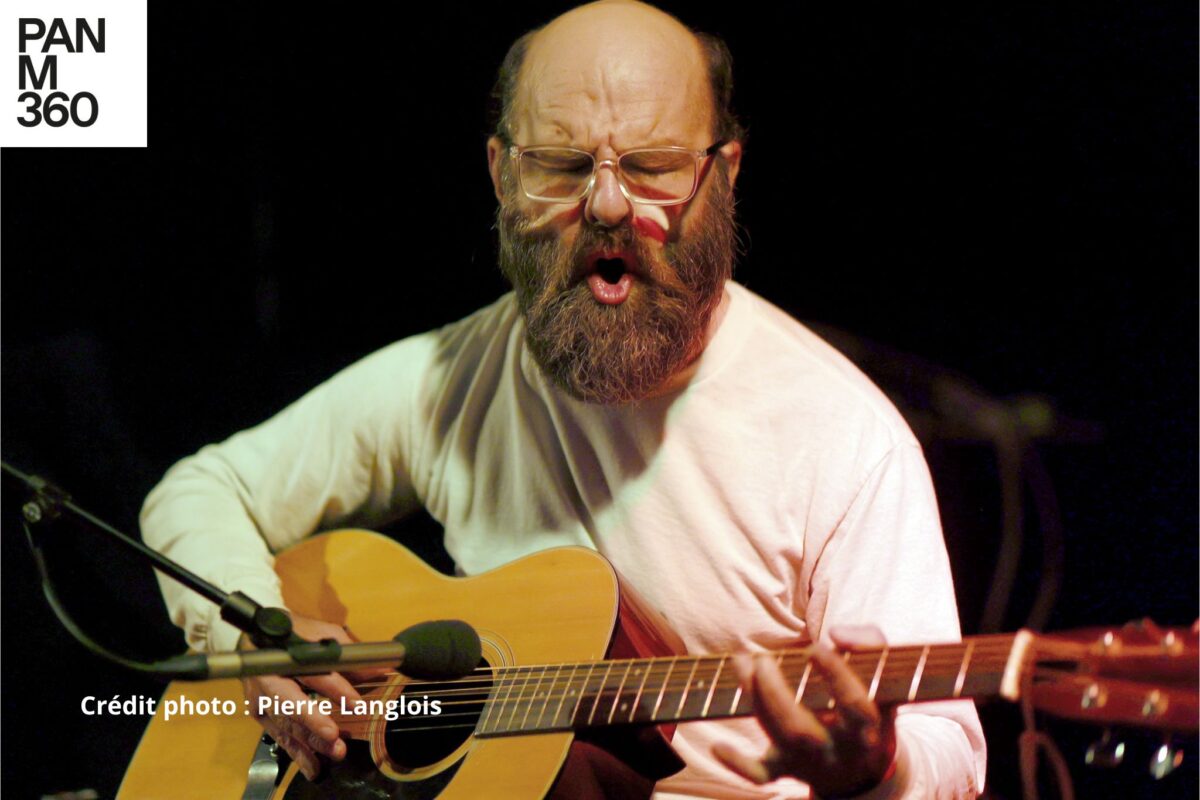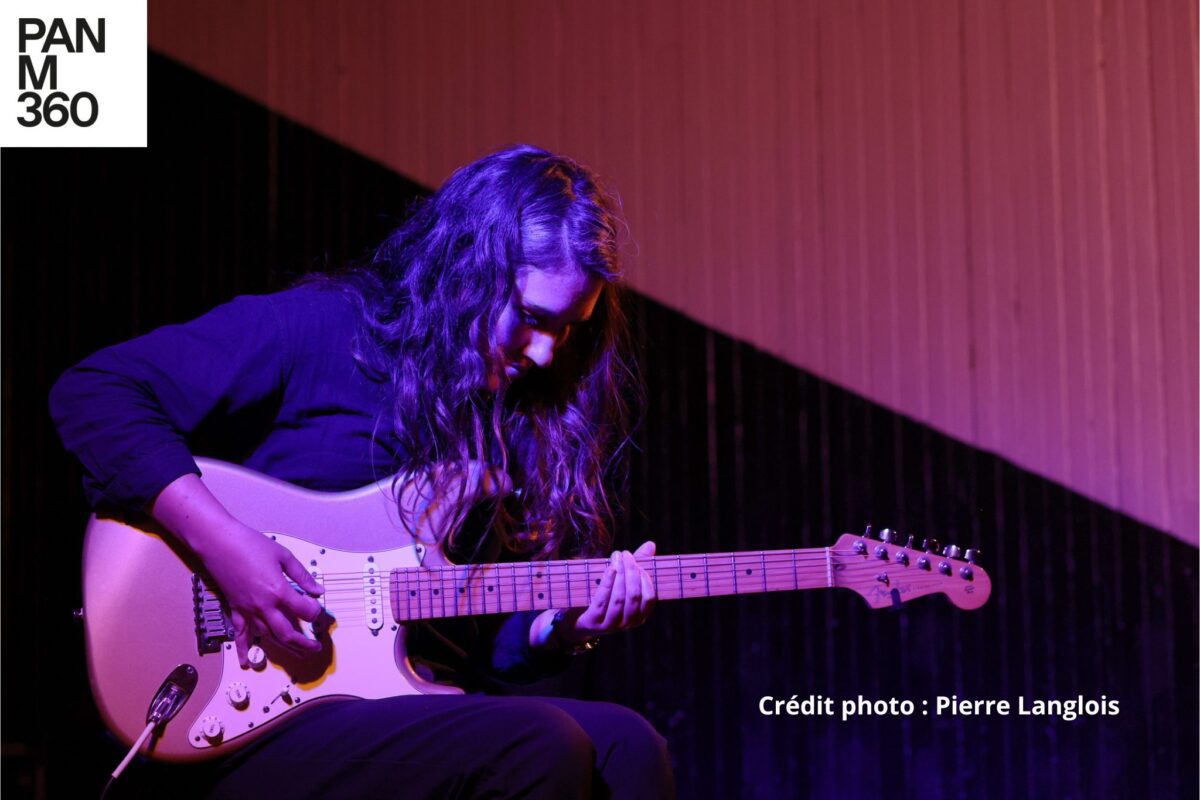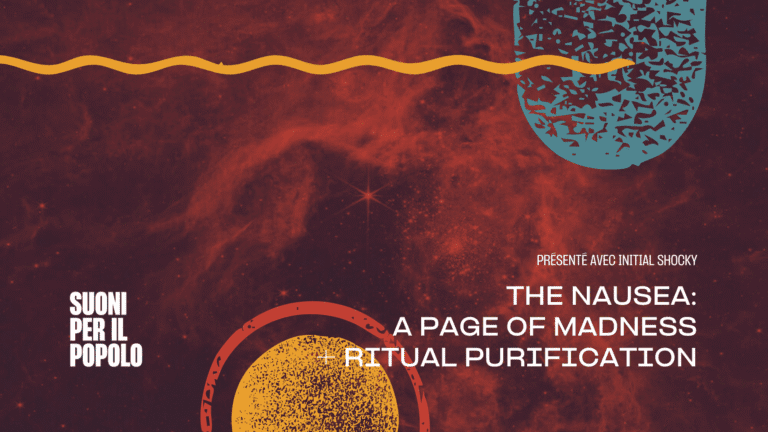Scène Fizz
SHIRLEE (16h)
Pendant de nombreuses années, Shirlee a travaillé dans les coulisses des boîtes de nuit et de l’industrie événementielle, observant les foules et les artistes. Elle a cultivé ses compétences en silence, en travaillant sur la musique avec une grande passion et en apprenant des meilleurs.
Elle mélange les rythmes nostalgiques du hip-hop et des classiques de la danse avec des rythmes Deep, Minimal et Tech House. Préparez-vous à embarquer pour une odyssée émotionnelle à travers une sélection de morceaux soigneusement choisis, un voyage qui tisse les fils du passé et du présent.
For many years Shirlee worked behind the scenes in the nightclub & event industry observing the crowds and artists. She cultivated her skills in silence, working on music with great passion and learning from the best.
Blending nostalgic beats of Hip-Hop and Dance Classics with rhythms of Deep, Minimal & Tech House. Prepare to embark on an emotional odyssey through a carefully curated track selection, a journey that weaves together the threads of the past and the present.
ForgiveMeTommy! (18h)
ForgiveMeTommy! est un duo de DJ et de producteurs formé par Thomas Hatzi et David Audet — deux amis proches dont l’amitié est née sur les pistes de danse montréalaises et s’est renforcée pendant la pandémie. Ce qui avait commencé comme deux carrières en solo, portées par un amour profond de la musique, est devenu une aventure créative commune, guidée par la curiosité, l’émotion et le désir de connexion.
Leur son mêle textures éclectiques et rythmes hypnotiques — des grooves qui font bouger, mais qui font aussi ressentir. Avec des premières sorties sur des labels comme Maccabi House, Abracadabra (de Blond:ish) ou Animal Talk (de Sofi Tukker), ForgiveMeTommy! continue d’explorer l’espace entre la joie et l’introspection, toujours en quête de ce moment sur la piste où tout devient limpide.
ForgiveMeTommy! is the DJ and producer duo of Thomas Hatzi and David Audet—two close friends whose bond was forged on Montreal dance floors and strengthened during the pandemic. What started as two solo careers rooted in a deep love for music became a shared creative journey, driven by curiosity, emotion, and connection.
Their sound blends eclectic textures with hypnotic rhythms – grooves that make you move, but also make you feel. With early releases on labels like Maccabi House, Blond:ish’s Abracadabra and Sofi Tukker’s Animal Talk, ForgiveMeTommy! continues to explore the space between joy and introspection, always chasing that moment on the dancefloor where everything just makes sense.
Nico de Andrea (19h30)
Nico de Andrea est un producteur, musicien et DJ français dont la signature sonore se définit comme un mélange de musique pop émotionnelle et mélancolique combinée à des rythmes afro house et techno. Après 20 ans de carrière dans la musique électronique, ses titres les plus connus tels que Disappear, Hold Tight, Monster ou Wish We Could ont été soutenus au fil des ans par des artistes tels que Black Coffee, Pete Tong, Keinemusik, Solomun, Diplo, Blondish ou MK, cumulant plus de 40 millions de streams sur Spotify et de fortes rotations sur des radios telles que Sirius XM, BBC1 et Radio FG. En outre, il a récemment a récemment fêté ses 1 000 000 d’auditeurs sur Spotify et a été ajouté à la liste des « 2024 artistes à suivre » par DJ Mag USA.
Nico de Andrea is a French producer, musician and Dj with a signature sound defined as a mix of emotional, melancholic pop music combined with afro house and techno rhythms. After 20 years in electronic music, his most known tracks including Disappear, Hold Tight, Monster or Wish We Could have been supported over years by the like of Black Coffee, Pete Tong, Keinemusik, Solomun, Diplo, Blondish or MK, cumulating more than 40 millions of streams on Spotify plus heavy rotations on radios like Sirius XM, BBC1 and Radio FG. On top of that, he recently celebrated 1,000,000 of listeners on Spotify and has been added into ‘2024 Artists to watch’ by DJ Mag USA.
Scène Banque Nationale
MNSA (16h)
MNSA est le cofondateur de Laylit et membre du duo libano-canadien Wake Island. Ses mixes sont un mariage surprenant de sa musique SWANA préférée avec des sons et des rythmes électroniques modernes. À travers son travail, il explore la dichotomie et les contradictions toujours présentes du fait d’être un immigrant en Amérique du Nord, jonglant avec les valeurs, les goûts et l’appartenance culturelle. Cette tension, croit-il, peut transcender l’individu et se transformer en une expérience collective sur le dancefloor, une expérience qui regarde inébranlablement vers l’avenir, tout en reconnaissant le rôle crucial de l’histoire dans la formation du futur.
MNSA is the co-founder of Laylit and member of Lebanese-Canadian duo Wake Island. His mixes are a surprising marriage of his favorite SWANA music with modern electronic sounds and beats. Through his work, he explores the ever-present dichotomy and contradictions of being an immigrant in North America, juggling values, taste and cultural belonging. This tension, he believes, can transcend the individual and turn into a collective experience on the dancefloor, one that unwaveringly looks ahead, while acknowledging the crucial role of history in shaping the future.
Manalou (18h)
Manalou est une DJ d’origine algérienne qui aime partager sa passion pour la musique à travers ses spectacles. Son style est très polyvalent, car elle mélange différents genres musicaux. La musique a toujours été une passion pour elle depuis son plus jeune âge ; elle a commencé par chanter, danser et jouer du piano. Aujourd’hui, en tant que DJ talentueuse et prometteuse, elle continue à poursuivre son amour pour la musique.
Manalou is a DJ of Algerian descent who loves to share her passion for music through her shows. Her style is very versatile, as she blends different genres of music together. Music has always been a passion of hers from a very young age; she started with singing, dancing, and playing the piano. Now, as a talented and upcoming DJ on the scene, she continues to pursue her love for music.
One of her main visions and goals is to make North African and Algerian sounds go global with her unique style as a contribution. She would describe her sets as a journey that takes you from one country or sound to another. Blending these genres together is what she loves to do the most!
L’un de ses principaux objectifs est de faire en sorte que les sons nord-africains et algériens se répandent dans le monde entier grâce à son style unique. Elle décrit ses sets comme un voyage qui vous emmène d’un pays ou d’un son à l’autre. Mélanger ces genres est ce qu’elle aime le plus !
Casa Kobrae (19h)
Lina aka casa kobrae est une productrice, artiste et dj originaire de Casablanca, au Maroc, qui fait maintenant des vagues sur la scène musicale dynamique de Montréal. Sa passion pour la musique est née dans les rues animées de Casablanca, où elle a été inspirée par les sons riches et rythmés de ses racines marocaines. Depuis qu’elle s’est installée à Montréal, elle cultive un style unique qui mélange harmonieusement les sons traditionnels et contemporains. Les spectacles de Casa Kobrae sont un voyage sonore à travers le Sud global, mélangé avec des sons durs et groovy. Ses performances sont une célébration de la diversité culturelle, fusionnant une énergie contagieuse avec des histoires profondes et pleines d’âme par le biais de la musique.
Lina aka casa kobrae is a producer, artist and dj hailing from Casablanca, Morocco, now making waves in Montreal’s dynamic music scene. Her passion for music began in the bustling streets of Casablanca, where she was inspired by the rich, rhythmic sounds of her Moroccan roots. Since moving to Montreal, she has cultivated a unique style that seamlessly blends traditional and contemporary sounds. casa kobrae sets are a sonic journey through the Global South, blended with hard and groovy sounds Her performances are a celebration of cultural diversity, fusing infectious energy with deep, soulful storytelling through music.
Nadim Maghzal (20h)
Nadim Maghzal est cofondateur de Laylit et membre du duo libano-canadien Wake Island. En tant que producteur, musicien et DJ, il est passionné par le rythme, la gamme et la dynamique à travers une grande variété de genres et puise dans cette passion pour créer des sets de danse énergiques et électrisants. Inspirée par son éducation à Beyrouth et sa vie à Montréal et à New York, la musique de Nadim explore de nouvelles façons de mélanger des vocabulaires musicaux et des idées très divergents, ce qui donne un son hybride unique qui réinvente la place de la musique arabe sur la piste de danse moderne.
Nadim Maghzal is a co-founder of Laylit and member of Lebanese-Canadian duo Wake Island. As a producer, musician and DJ, he is passionate about rhythm, range and dynamics across a wide variety of genres and draws from this passion to create energetic and electrifying dance sets. Inspired by his upbringing in Beirut and his life in Montreal & NYC, Nadim’s music sets out to explore new ways of blending together very divergent musical vocabularies and ideas, resulting in a unique hybrid sound that reinvents the place of Arabic music on the modern dancefloor.
POUR ACHETER VOTRE BILLET, C’EST ICI!
Ce contenu provient du Piknic Électronik et est adapté par PAN M 360
